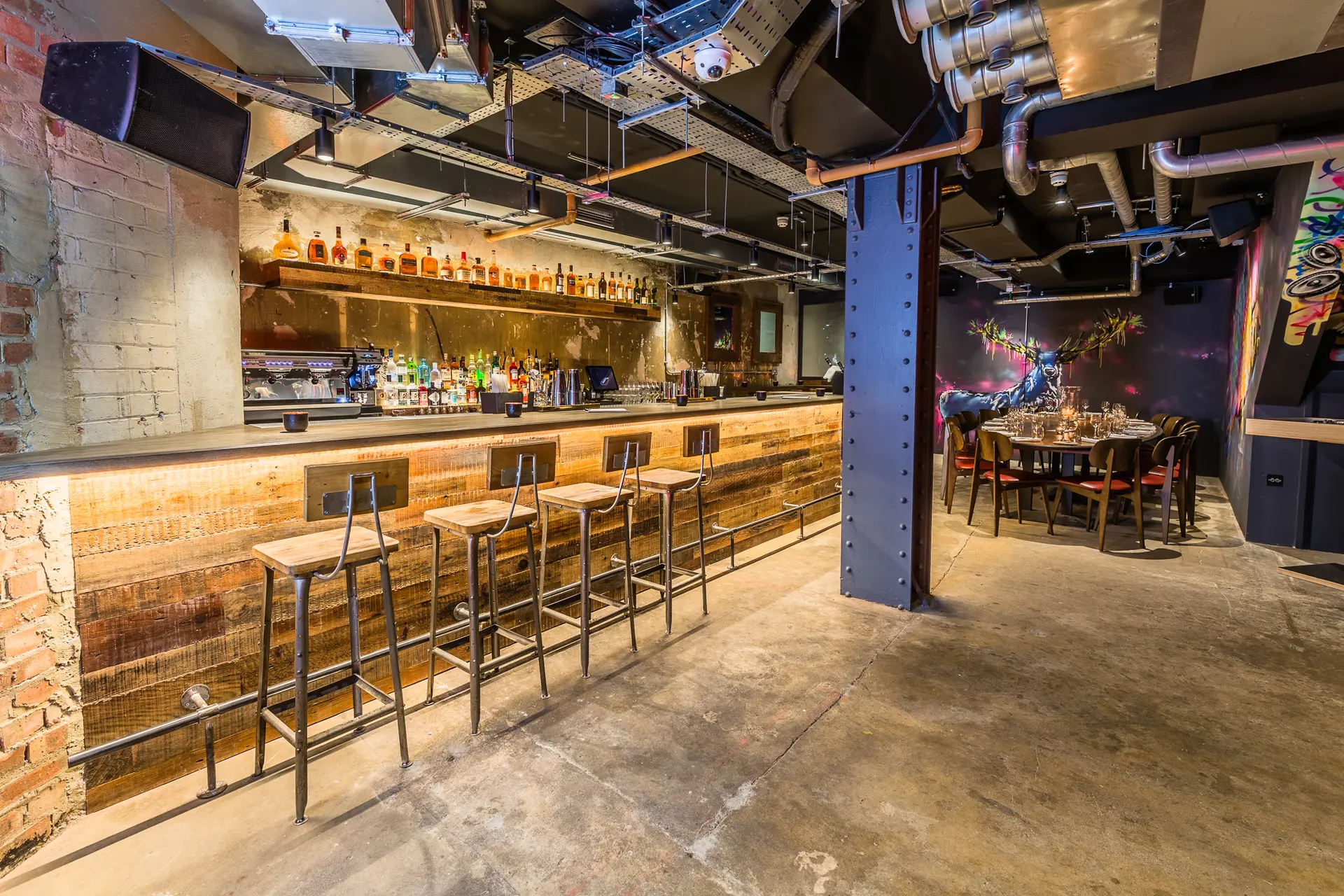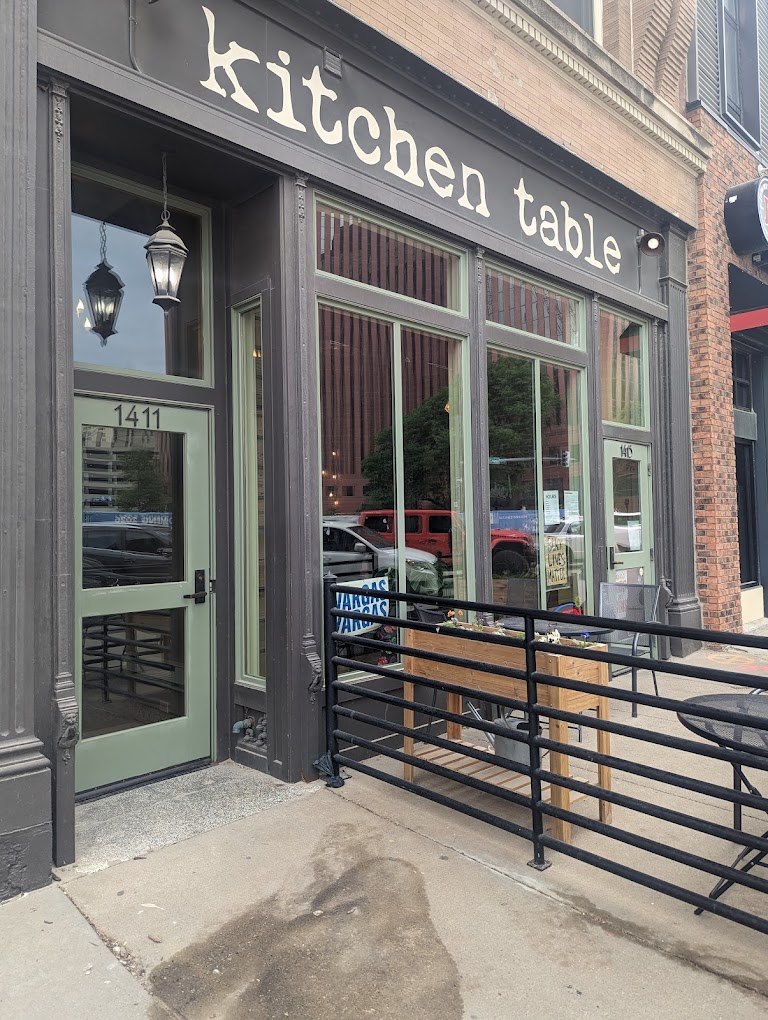Delivering food properly to the dining table enhances guests’ experience and allows for a smooth meal service. Following some key best practices around timing, presentation, placement, and care can help servers seamlessly present dishes that look and taste exceptional.
Here are comprehensive guidelines for properly delivering food to the table:

Check Order Tickets
Before ever picking up plates from the kitchen, servers should double and triple check the order ticket to ensure they are taking the precisely correct dishes to the right guests. Mixups lead to irritated customers and wasted food, so verifying each order is crucial. If anything looks amiss, clarify with the kitchen before taking food to the table.
Mind the Timing
Particularly for multi-coursed dinners, servers must pay close attention to timing when food is ready from the kitchen. The goal is to deliver all meals for a given course simultaneously so no diner has to watch everyone else eat while waiting for their plate. For banquets, coordinate with the kitchen staff so that all tables receive their starters, salads, mains, and desserts at the same time.
Staggering dishes leads to frustration. Time pickups appropriately so everything is ready at once. For budget conscious diners, bring applicable courses like bread, salads, or appetizers slightly ahead of mains to occupy them.
Hold and Carry Properly
Serving food requires some physical dexterity and balance. Plates should be picked up with an underliner for stability. Angle the plate onto the underliner and firmly grip both while keeping the forearm level to avoid spilling. Servers should cradle soups and bowls gently in hands and support bottoms.
When carrying dishes, keep elbows tucked, shoulders relaxed, and plates balanced up the length of the forearm towards the shoulders. Walk smoothly without rushing. Never cover food while holding as this can lead to slips. Take care going around corners or in tight spaces.

Approach Appropriately
The walk from kitchen to table sets guest expectations. Servers should move confidently yet unrushed when approaching tables with food. Guests will see dishes en route and anticipate their arrival. Smile warmly as you serve to build excitement.
Resist any urge to suddenly sprint or rush once in view. This can make the delivery seem haphazard. Move steadily and with control all the way to the table’s edge. Pause before placing dishes down.
Serve and Clear Properly
Perfecting the sequence of service is vital. Dishes should be set down gently from the guest’s left, with soups, salads, or appetizers coming first. Position main courses and side dishes appropriately. Servers should remain attentive and time clearing used plates efficiently in between courses.
Do not reach across guests. Collect items closest first, then work around the table back toward the server station. This orderly service rhythm prevents cluttering and keeps the meal flowing smoothly.
Announce Every Dish
Servers should announce or present each dish as it is served, identifying what the item is and noting any key ingredients, proteins or sauces. This polite presentation builds anticipation and excitement. Guests feel informed about exactly what they are receiving.
Comments like “The braised short ribs with parsnip puree” or “Mint chocolate cake with fresh whipped cream” enhance the overall experience. Give guests a moment to enjoy the dish before turning away.
Maintain Temperature
Hot dishes must arrive hot, while cold items stay chilled. Servers should take care to maintain proper temperatures all the way from kitchen to table. Use heated platters, underliners or covers to keep steaks, seafood, and other hot entrees warm. Check briskness of salads. Avoid carrying icy drinks alongside hot plates.
No one wants lukewarm food. The first bite often determines a diner’s opinion of the dish. Servers play a key role in preserving the ideal temperature.
Mind Placement
Proper plate placement provides a welcoming presentation: Dishes should arrive squarely in front of seated guests, centered about one inch from the table’s edge. Position dinner and salad plates with the main item placed straight ahead.
Maintain a consistent orientation for the whole table. Angle dishes on a crowded table to fit while keeping everything aligned. Caution with fuller beverages to avoid spilling.
Recheck Satisfaction
Servers should check back after a few initial bites to ensure guests are fully satisfied with their dishes. If anything about the food is undercooked, over-seasoned, or not at the right temperature, servers should apologize and offer to bring replacements or rectify the issue immediately. Paying attention to diners’ reactions prevents prolonged disappointments.
By following these best practices around proper food delivery, servers can provide an exemplary dining experience. Every step of the serving process – from managing order accuracy to maintaining ideal dish temperature – allows guests to fully savor their meals.










